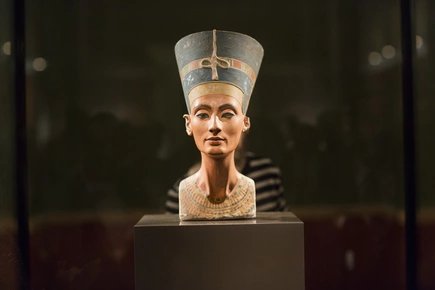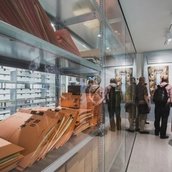
Apartment buildings are interfaces: This is where the individual interweaves with the collective - the life lived behind each individual apartment door with a neighborhood, a district, an urban society, its politics and its history.
Where a house is located, how it was built, who owns it, who lives in it and how people live there - all of this is the result of complex historical and contemporary influences, conditions and actions. These interrelationships shape everyday life, but often remain invisible. How and in what way can the history inscribed in the walls and concrete be made visible and told?
This year, the FHXB Friedrichshain-Kreuzberg Museum has produced a biography of the residential complex Helsingforser Straße 23-39 / Marchlewskistraße 92-108 on Helsingforser Platz in Friedrichshain. Individual experiences were linked with urban history, fragments were put together and the resulting narratives were critically questioned.
At the end of the project, we invite you to reflect together on the relationship between urban and social history, residential buildings and their transmission.
Where does the research begin? What questions arise during the research process and what decisions are made as a result? What materials can be found where? And how do you deal with gaps, open ends or an abundance of possible directions?
In a conversation between the architectural historian, urban theorist and publisher Dr. Verena Pfeiffer-Kloss and Sonja Lindhauer, head of the FHXB Museum's research project, these questions will be discussed in an exemplary and practical way.
(IN GERMAN)
Additional information
Dates
October 2025
| Mo | Tu | We | Th | Fr | Sa | Su |
|---|---|---|---|---|---|---|
1
|
2
|
3
|
4
|
5
| ||
6
|
7
|
8
|
9
|
10
|
11
|
12
|
13
|
14
|
15
|
16
|
17
|
18
|
19
|
20
|
21
|
22
|
23
|
24
|
25
|
26
|
27
|
28
|
29
|
30
|
31
|


